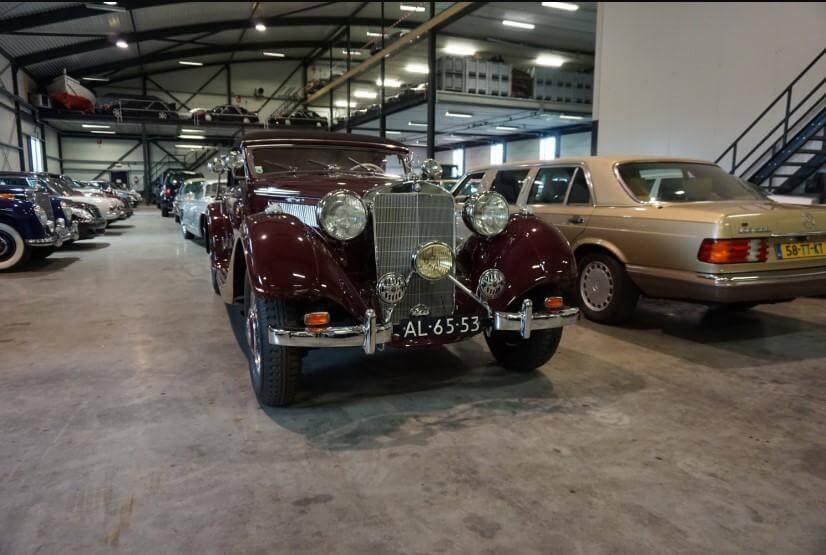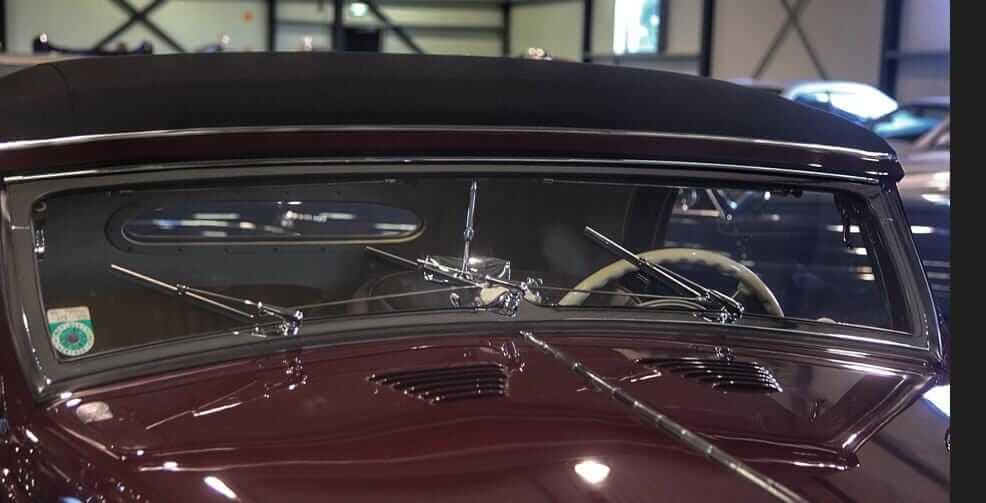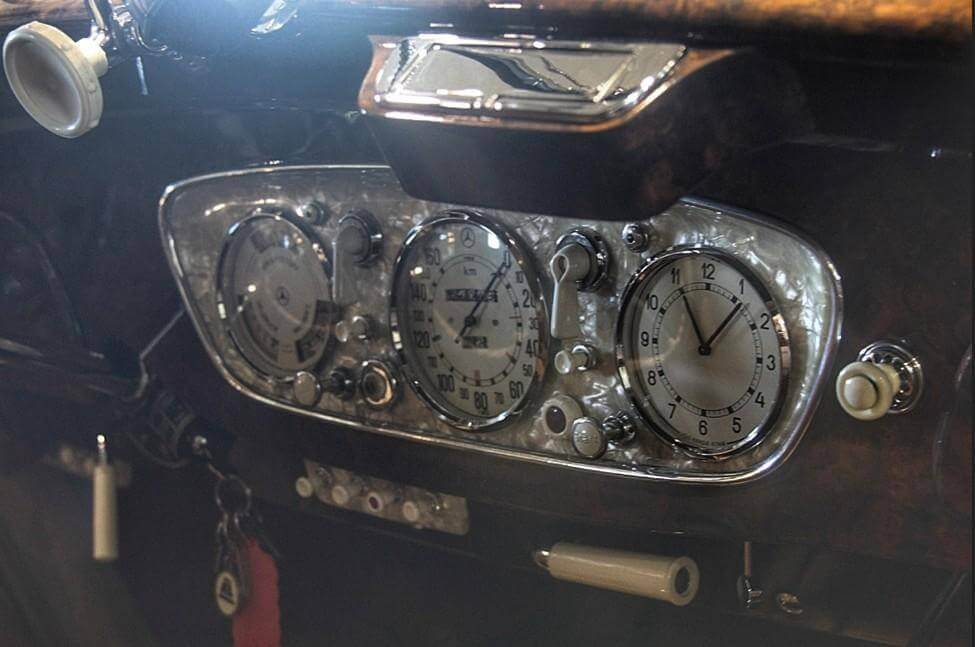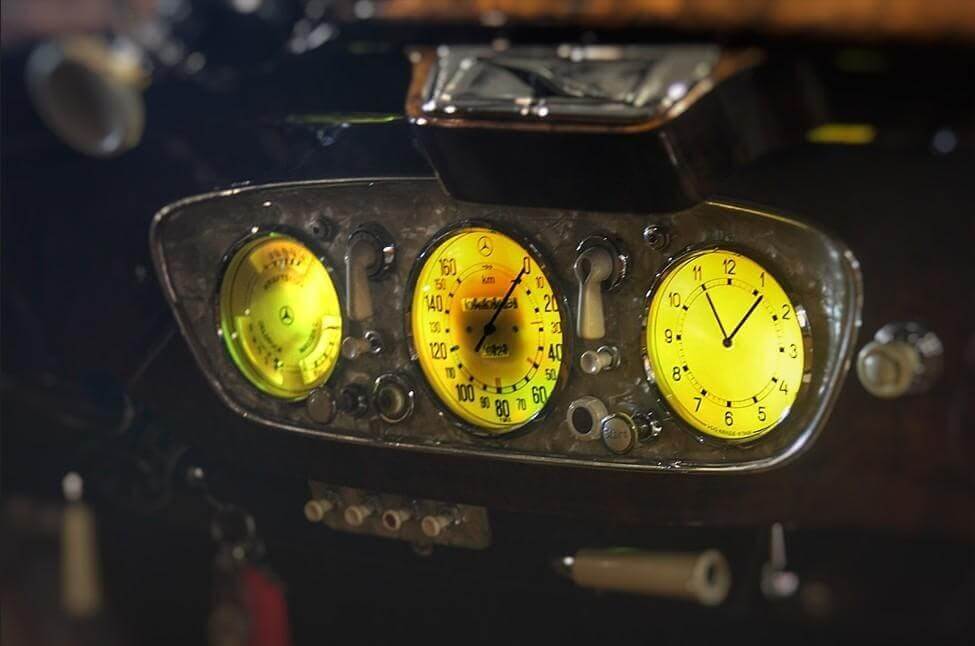Introductie en historie Mercedes-Benz W142

Introduction and History of the Mercedes-Benz 320A (Baureihe W142)
The Mercedes-Benz 320 (W142) was introduced in 1937 as a successor to the Typ 290 (W18). Internally known as 320A, the vehicle was part of Mercedes-Benz’s effort to create a refined, large-displacement luxury car for Germany’s upper class and professional elite in the years leading up to World War II. It was a beautifully engineered, comfortable, and elegant automobile — available in a wide variety of factory body styles or as a chassis for custom coachbuilding.
The 320A was one of the last pre-war luxury models Mercedes-Benz produced before the war halted civilian car production. Its sophisticated engineering, smooth six-cylinder engine, and imposing size made it a status symbol for its time.

Historical Context
Unveiled at the Berlin Motor Show in February 1937, the Mercedes-Benz 320A (W142 I) was developed during a period of growing automotive innovation and national prestige in Germany. This was a time when luxury cars were often used by state officials, dignitaries, and successful businessmen.
The model was produced until 1942, with various refinements introduced in 1938 (W142 II). By that point, much of Germany’s industrial production had already shifted toward war efforts, and the 320A was among the last purely civilian-oriented large sedans Mercedes-Benz built before the war.

Technical Specifications
Engine:
3.2-liter inline 6-cylinder (M142 I)
Later increased to 3.4 liters (M142 II)
Power output: 78–80 PS (DIN)
Top speed: ~130 km/h
Transmission:
4-speed manual with overdrive (gearbox-integrated overdrive function)
Chassis & Suspension:
Body-on-frame construction
Independent front suspension
Swing axle rear suspension
Brakes:
Hydraulic drum brakes on all four wheels
Fuel system:
Two fuel tanks in later models for extended range

Production Numbers
Production of the W142 was limited due to its high cost and the shift to military production in the early 1940s.
| Variant | Production Period | Estimated Units Produced |
|---|---|---|
| Mercedes-Benz 320A (W142 I) | 1937–1938 | ~3,800 |
| Mercedes-Benz 320B (W142 II) | 1938–1942 | ~4,000 |
| Total (all versions) | 1937–1942 | ~7,800–8,000 |



Significance and Legacy
The 320A exemplified pre-war German luxury engineering — a large touring car with smooth performance, comfort, and refined handling.
It helped solidify Mercedes-Benz’s reputation for building premium vehicles with technological innovation, including the overdrive transmission and advanced suspension design.
Because of its limited production and wartime losses, surviving examples are rare and highly collectible today, particularly the open-top Cabriolets and custom-bodied versions.
The W142 paved the way for postwar luxury sedans like the W186 “Adenauer” and eventually the S-Class lineage.
End of Production and War Impact
Civilian production of the 320B ceased around 1942, as Daimler-Benz turned its full attention to military vehicles. Some 320 chassis were used as basis for light military command cars, and many existing units were requisitioned for military use. After the war, Mercedes-Benz would not return to large luxury sedans until the introduction of the W186 in 1951.
